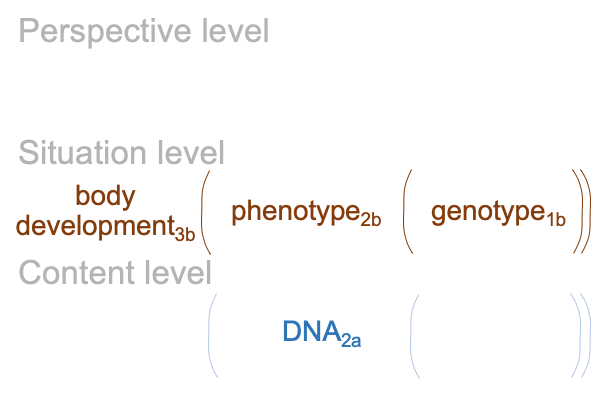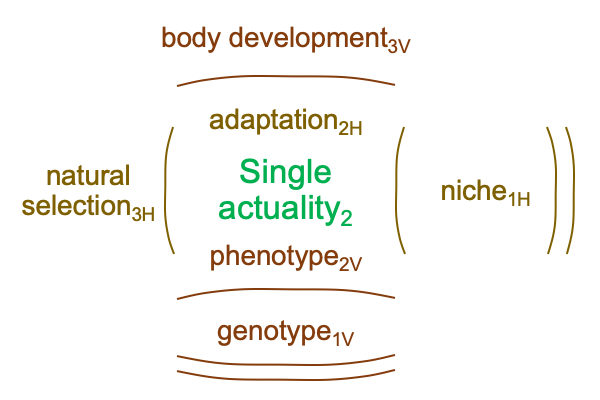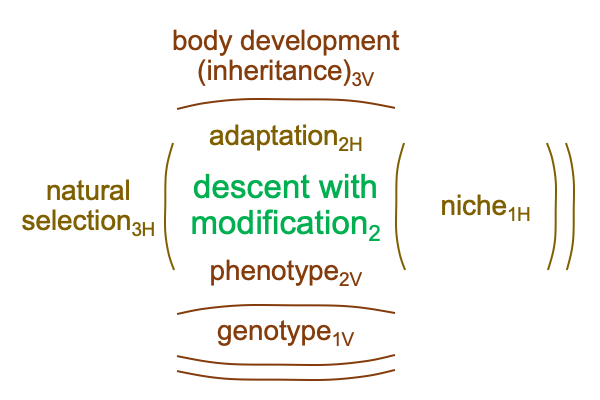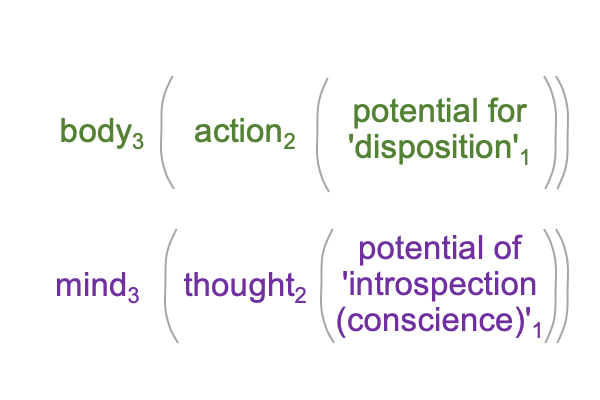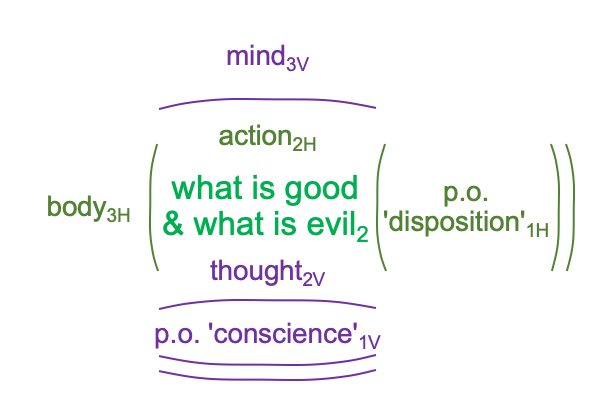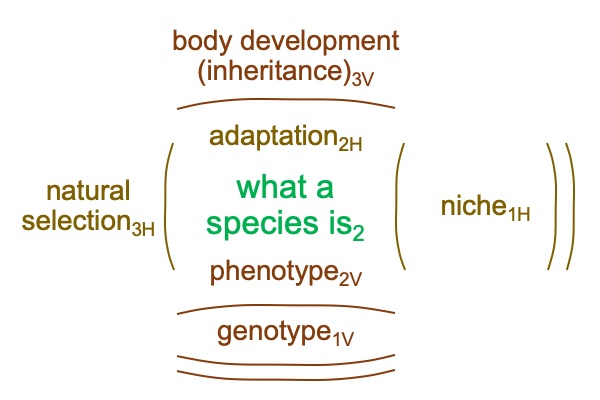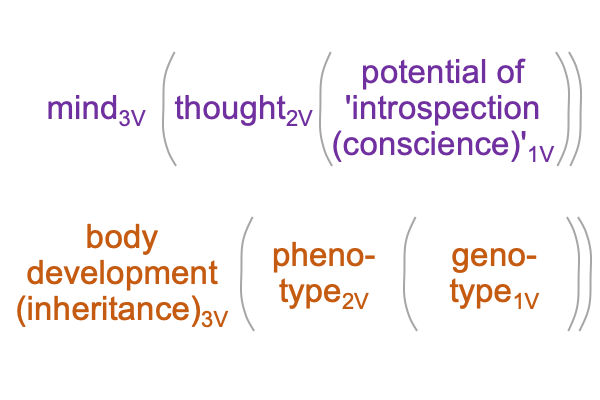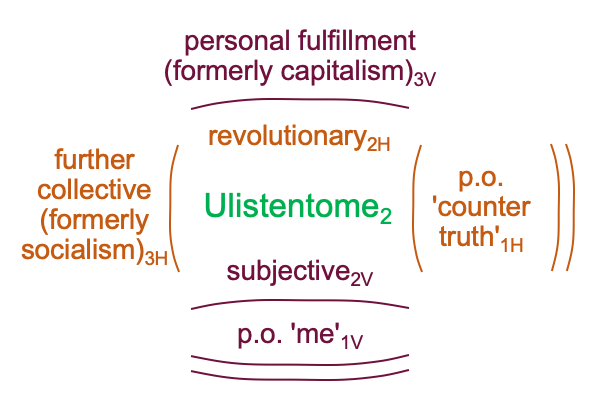Looking at Dennis Venema and Scot McKnight’s Book (2017) “Adam and the Genome” (Part 3 of 22)
0016 Dr. Venema tells a great story. He was raised as an evangelical, suspicious of modern evolutionary biology. He became a geneticist. The turning point came when he started doing research in the lab.
Research led to further study, eventually forcing him to confront the ideological roadblocks placed by his church’s tradition. He came to the conclusion that Galileo might be right. If there are two books, Darwinian evolution belongs to the book of nature. The theory has been tested over and over again.
0017 The theory of descent with modification yields counterintuitive truths.
For example, who would have thought that animals with backbones and four limbs descended from fish? As it turns out, the ancestors are not just any type of fish. The ancestral fish are lobe-finned lung fish.
0018 The fossil record does not stand mute. Several fossils are difficult to assign the label “lung-fish” or “amphibian”. These date to the proper epoch, long, long ago.
0019 Whales are a more recent example. They are mammals, so they must have started as land creatures. Somehow, they adapted to the deep blue sea. What a change.
0020 Now, I turn to the category-based nested form, wondering, “How does Darwin’s classical idea of descent with modification work?”
Amphibian land creatures are very different from their ancestral lung fish. Whales are amazingly different from any bear or hippo-like ancestor. Water-born fish adapt to the land. Land animals adapt to the sea.
0021 The word “niche” applies to an actuality, independent of the species, that the species adapts to. The actuality is real. Like land and sea, a niche is independent of the adapting species. The original species experiences this actuality as potential. The land and sea offer the potentials of new habitats. These potentials constitute the niche that the species adapts to.
Here, descent is assumed. Emphasis falls on the phrase “with modification”, because natural selection operates on phenotypic variations.
0022 Is there a certain “logic” to the Darwinian paradigm?
Two actualities stand out: adaptation and the actuality underlying the niche. They are related as situation and content, respectively. Two nested forms are required to model the classical Darwinian idea of descent with modification.
0023 Two nested forms?
The nested form is a purely relational structure, following the logic of Charles Peirce. See A Primer on the Category-Based Nested Form and A Primer on Sensible and Social Construction, by Razie Mah, available at smashwords and other e-book venues.
0024 Here is a diagram for adaptation, as portrayed in the preceding discussion.
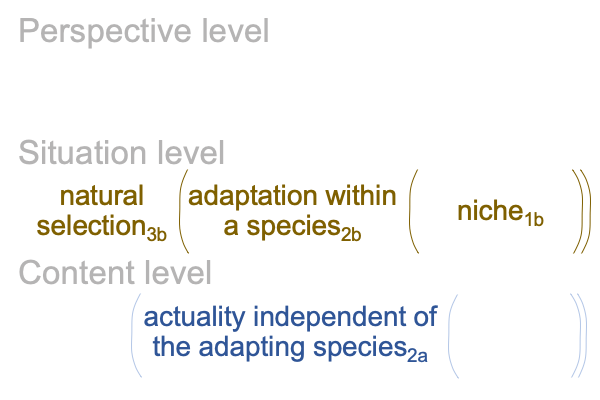
0025 The normal context of natural selection3b brings the actuality of an adaptation2b into relation with a niche1b.
0026 A niche1b expresses the potential of an actuality independent of the adapting species1b. The niche1b emerges from (and situates) a content-level actuality2a. For ancestral water-dwelling lung fish, the actuality2a was land. For the ancestors of the whale, the actuality2a was sea.

